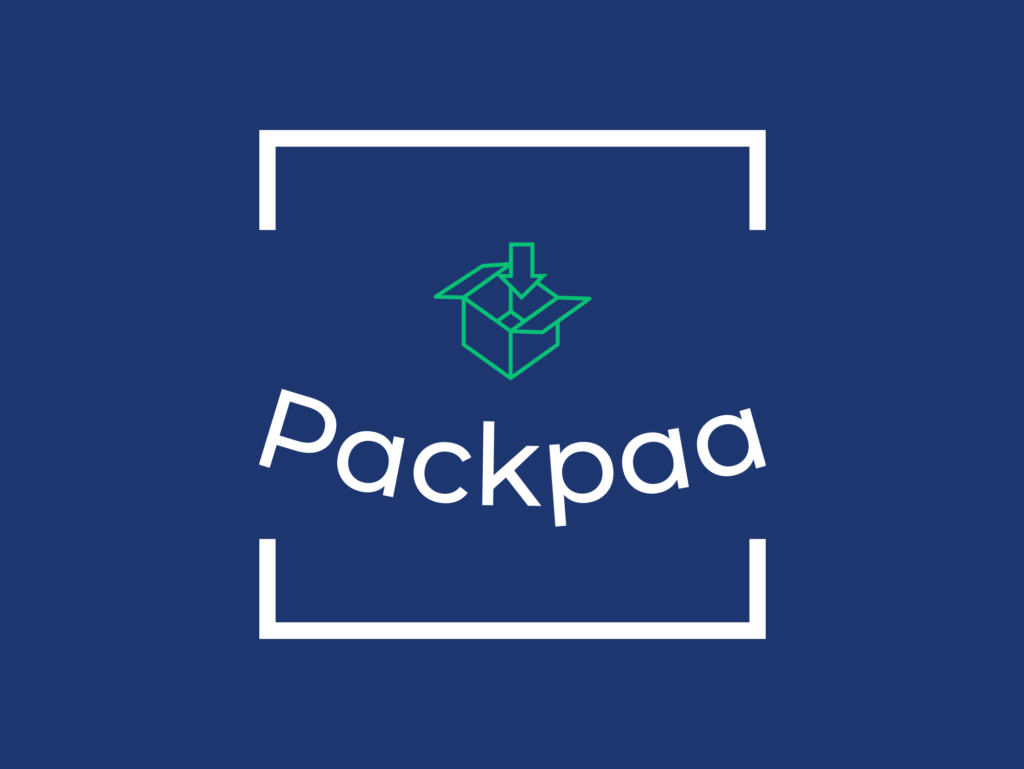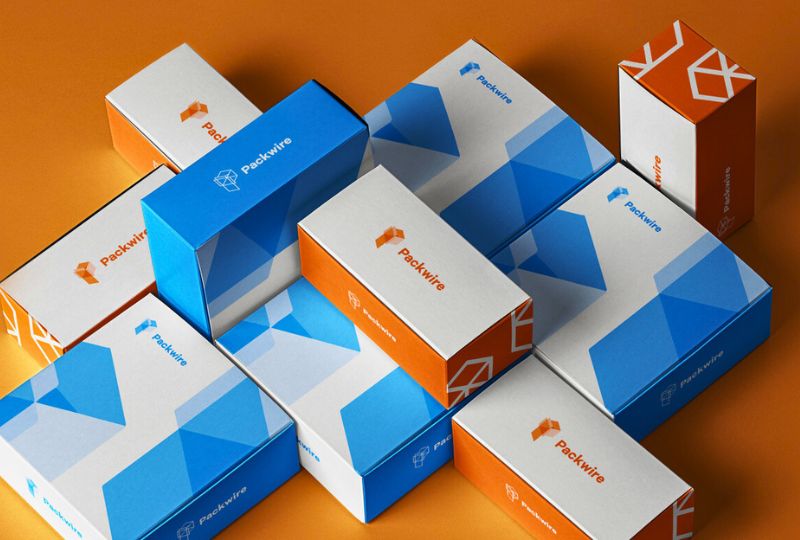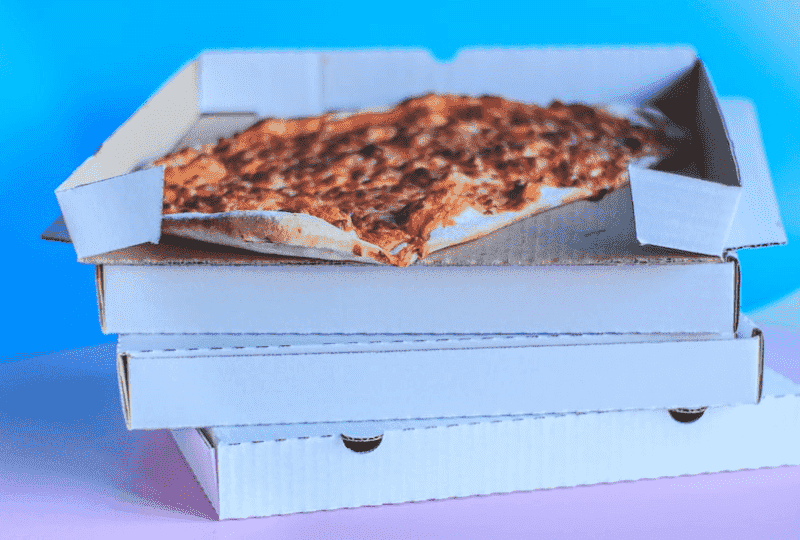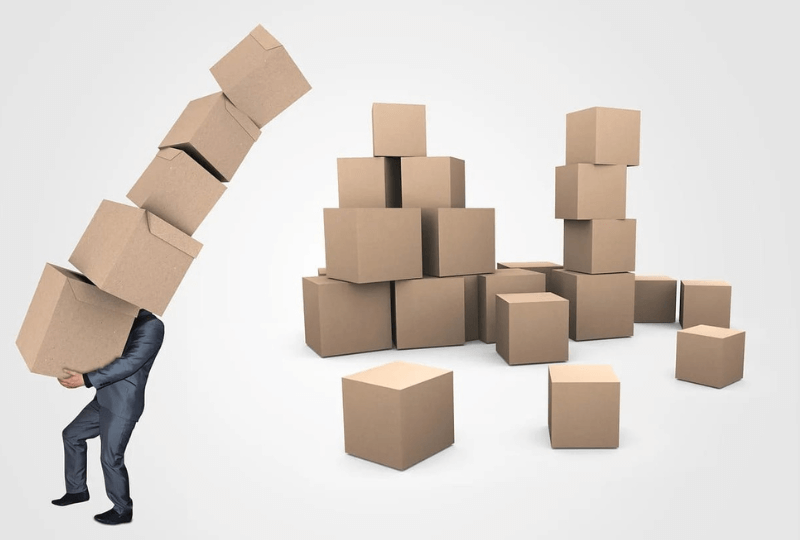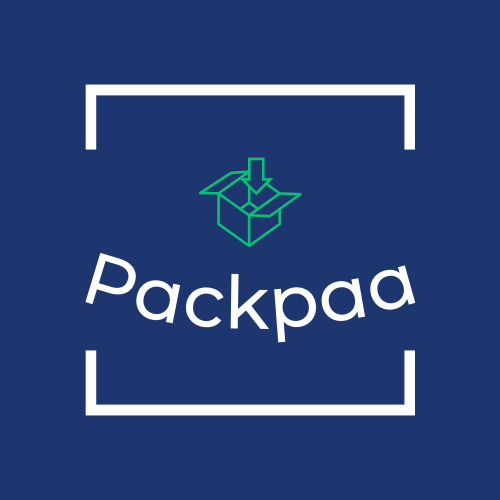Packaging design is a crucial element of product presentation that directly influences customer perceptions and purchasing decisions. However, one of the significant challenges for businesses is managing the costs associated with packaging design. This article will guide you through what to expect when budgeting for packaging design, how to optimize your costs, and the factors influencing the overall price.
Table of Contents
ToggleUnderstanding Packaging Design Cost
The cost of packaging design varies depending on several factors, including the complexity of the design, the materials used, and the expertise of the design team. On average, packaging design costs can range from $500 to $5,000 or more, depending on these variables. However, it’s important to note that the initial investment in a well-designed package can pay off significantly through increased brand recognition and sales.
Factors Influencing Packaging Design Cost
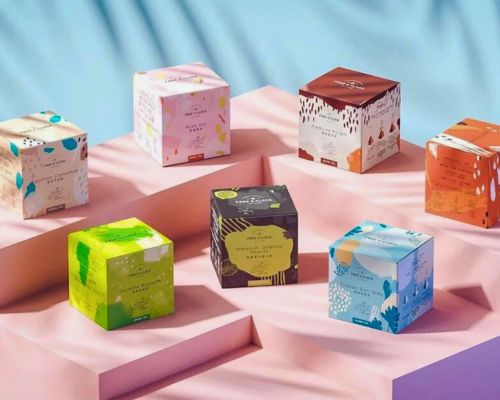
1. Complexity of the Design:
Simple designs with minimal graphics and standard shapes are generally more affordable. In contrast, intricate designs with custom shapes, detailed illustrations, and high-end finishes can significantly increase costs.
2. Material Choice:
The choice of materials plays a crucial role in determining the cost. Eco-friendly materials, although beneficial for sustainability, might come at a higher price. On the other hand, standard materials like cardboard or plastic are often more cost-effective.
3. Quantity:
Bulk production usually reduces the per-unit cost of packaging. However, smaller quantities may not benefit from economies of scale, leading to higher costs per unit.
4. Customization:
Custom packaging that aligns with your brand’s identity requires more time and expertise to develop, increasing the overall cost. This includes unique shapes, special finishes like embossing or foil stamping, and tailored sizes.
5. Design Expertise:
The experience and skill level of the designer or design agency you hire also affect the price. High-end agencies or well-known freelance designers charge more due to their expertise and reputation in the industry.
How to Optimize Your Packaging Design Costs
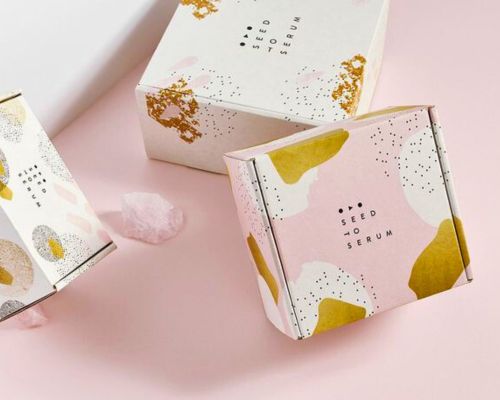
1. Set a Clear Budget:
Establish a budget before starting the design process. This will help you communicate your expectations clearly to the designers and ensure that you don’t overspend.
2. Prioritize Essential Features:
Focus on the most critical aspects of the packaging design that align with your brand identity and customer expectations. Avoid unnecessary add-ons that don’t add value to the customer experience.
3. Use Standard Sizes and Materials:
Whenever possible, use standard packaging sizes and materials. Custom sizes and materials often require specialized production processes, which can drive up costs.
4. Choose the Right Designer:
Hiring a skilled designer is essential, but it doesn’t mean you need to go for the most expensive option. Look for a designer whose style matches your brand and who has a proven track record in your industry.
5. Review and Revise:
Work closely with your designer throughout the process. Regular feedback and revisions can help avoid costly mistakes and ensure the final design meets your expectations.
Read More: 12 Unique Pink Shipping Boxes Ideas and Inspiration in 2024
What to Expect in Packaging Design Costs
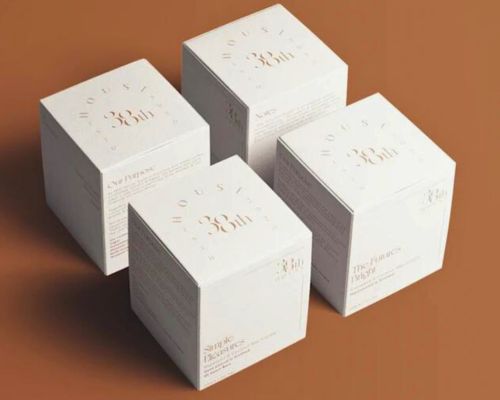
1. Initial Design Consultation:
Some designers charge for an initial consultation where they discuss your needs, brand identity, and vision. This can range from $50 to $200.
2. Design Development:
The main cost component, where designers create various design drafts. This can cost between $500 to $2,000 depending on the designer’s experience and the project complexity.
3. Material Sourcing:
Costs for sourcing materials, especially if you require something specific or eco-friendly, can add an additional $500 to $1,500 to your budget.
4. Prototyping:
Creating a prototype to test the design may cost between $100 to $500. This step is crucial for ensuring the design works in real-life scenarios.
5. Production Costs:
Once the design is finalized, production costs vary based on the quantity and materials. Expect to spend anywhere from $1,000 to $10,000 depending on the scale of production.
Conclusion
Managing your packaging design cost effectively requires a balance between creativity, practicality, and budget constraints. By understanding the factors that influence these costs and taking strategic steps to optimize your expenses, you can develop a packaging design that not only represents your brand effectively but also stays within your financial limits.
Read Our Latest Guide on Packaging:
FAQs:
The average cost of packaging design ranges from $500 to $5,000, depending on factors like design complexity, materials, and designer expertise.
Key factors include the complexity of the design, choice of materials, quantity of packaging, level of customization, and the experience of the designer or agency.
Yes, professional packaging design can enhance brand recognition, attract customers, and boost sales, making it a worthwhile investment.
To reduce costs, prioritize essential design features, use standard sizes and materials, and work closely with a designer to avoid costly revisions.
While not always necessary, creating a prototype is highly recommended to test the design’s functionality and appeal before full-scale production.
A typical packaging design project can take anywhere from 2 to 8 weeks, depending on the project’s complexity and the designer’s workload.
A design brief should include your brand’s objectives, target audience, packaging requirements, budget, and any specific design elements you want to incorporate.
Yes, you can use stock images, but ensure they are high-quality and appropriately licensed to avoid legal issues.
Consider factors like product protection, sustainability, cost, and consumer preferences when choosing the right packaging material.
Hidden costs may include fees for design revisions, material sourcing, prototyping, and additional production costs if changes are needed after the initial design phase.

Meet Mary K, the talented author behind PackPaa. With a passion for innovative packaging solutions, Mary shares insights and expertise to elevate your business.

